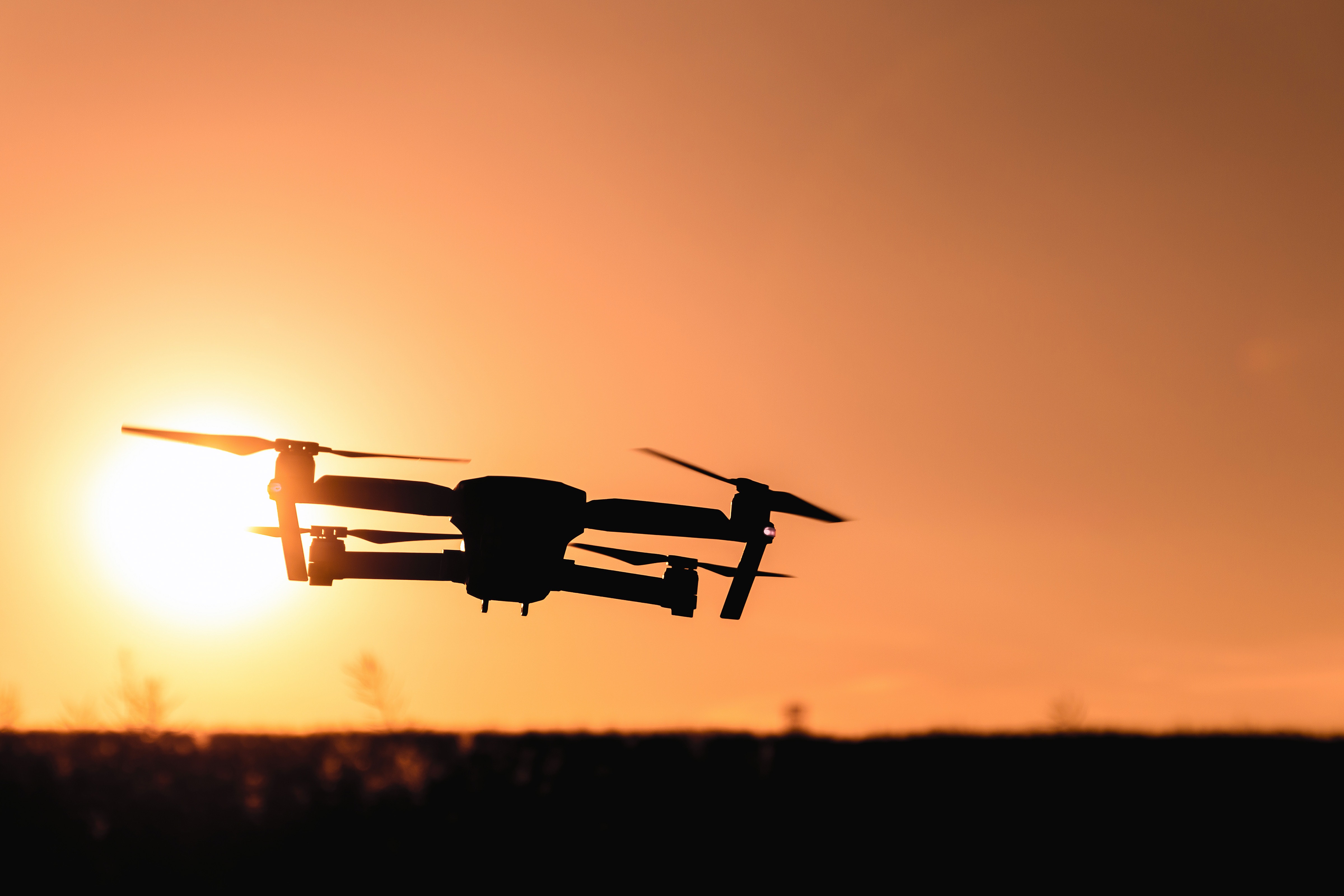
Drones and UAVs
The terms drone, unmanned aerial vehicle (UAV), and unmanned aerial system (UAS) are used interchangeably. Since its first issue in July 2014, the geospatial monthly xyHt, which covers all of the geospatial technologies, has used the terms 408 times, 436 times, and 1,379 times, respectively. These numbers include advertising copy, in which many vendors — including Altavian, Kespry, SenseFly, and Topcon — refer to their devices as drones.
The U.S. Air Force uses yet another term for these devices: remotely piloted aircraft (RPAs). As some military officers point out, it takes up to 200 people to keep one of these military aircraft airborne, including the operators, the intelligence personnel, and the maintenance personnel. Many people with ties to the military, defense contractors, or law enforcement will not use the term drone, fearing that the public associates it with apprehensions about how these devices are used or might be used in the future. However, drone is by far the preferred term in the popular media.
The largest trade group for this industry is the Association for Unmanned Vehicle Systems International (AUVSI), which describes itself as “the world's largest nonprofit organization devoted exclusively to advancing the unmanned systems and robotics community.” Besides aerial platforms, AUVSI also supports ground and maritime platforms.
Industry conferences include the Energy Drone Coalition Summit, the Commercial UAV Expo, which promises “live drone demonstrations” in its ads and recently acquired the Drone World Expo, and the InterDrone conference, which describes itself as follows: “InterDrone is where the UAV industry comes together, bringing drone pilots, UAS engineers and developers, commercial drone service businesses, UAV manufacturers, drone videographers and enterprise UAV end-users.” Never mind the bad syntax and note that this description uses all three of the terms in question in a single sentence!
UAS
The Federal Aviation Administration, which is charged by Congress with developing and enforcing rules on these devices, uses the term UAS, which it defines as “an unmanned aircraft and the equipment necessary for the safe and efficient operation of that aircraft. An unmanned aircraft is a component of a UAS. It is defined by statute as an aircraft that is operated without the possibility of direct human intervention from within or on the aircraft (Public Law 112-95, Section 331(8)).”
The words drone and UAV mean the same thing, because they both define the platform — as opposed to manned aircraft. However, there is a significant difference between drone/UAV and UAS, because the latter also includes the payload, which in most cases consists of sensors, and the technology on the ground. Therefore, within the geospatial technologies community, UAS is the more appropriate term, because the type and quality of the sensors — mostly, digital cameras and lidar scanners — are just as important as those of the platforms. (This goes beyond the FAA’s definition, which only refers to “the safe and efficient operation” of the aircraft, without reference to the part of the payload that makes it a useful geospatial tool.) In fact, one might even take this argument one step further and say that the software is just as important as the hardware and should be included in the term “system”. Or even further than that to also include the people that operate the platform and the sensors, albeit remotely. In the end, until UAS are entirely autonomous, they will not be truly unmanned.
UAS Payload
At Applanix, we work with UAS and are part of the system that makes UAVs useful geospatial tools. Our DG boards accurately tell you where your sensors are without adding too much weight to your aircraft (what is DG?).